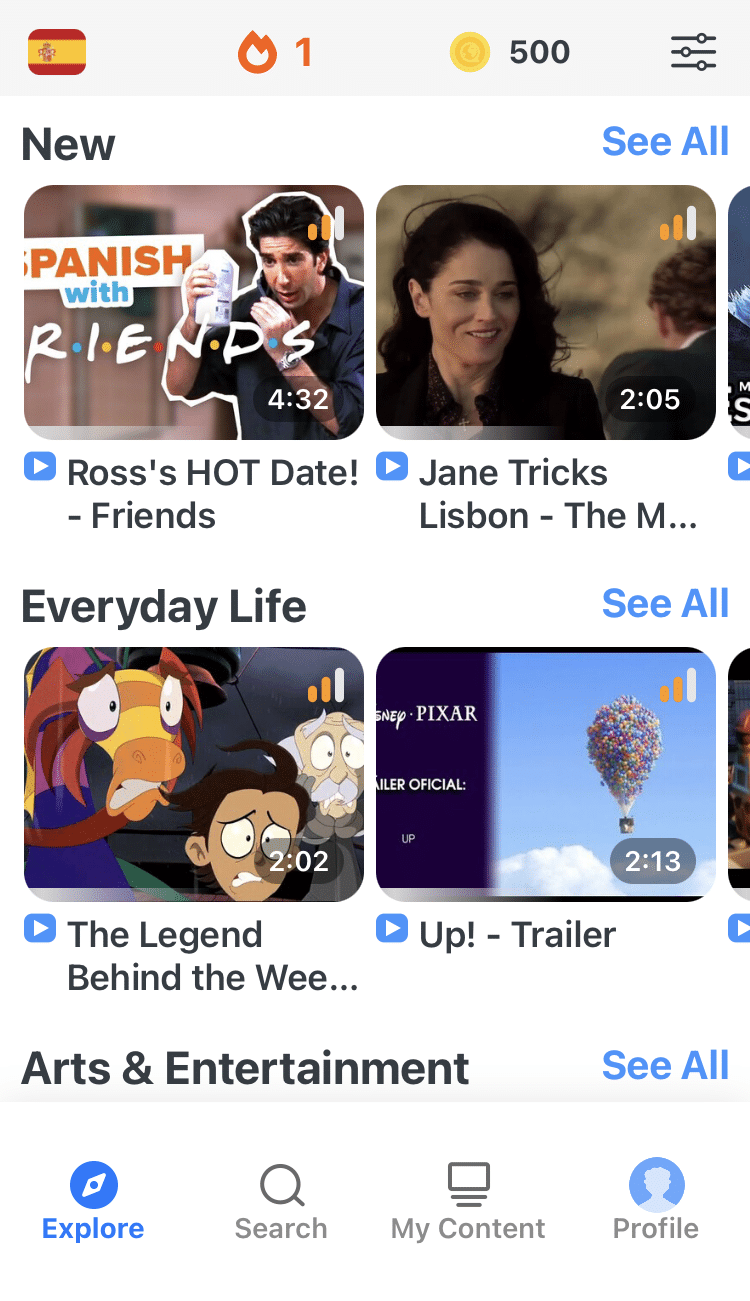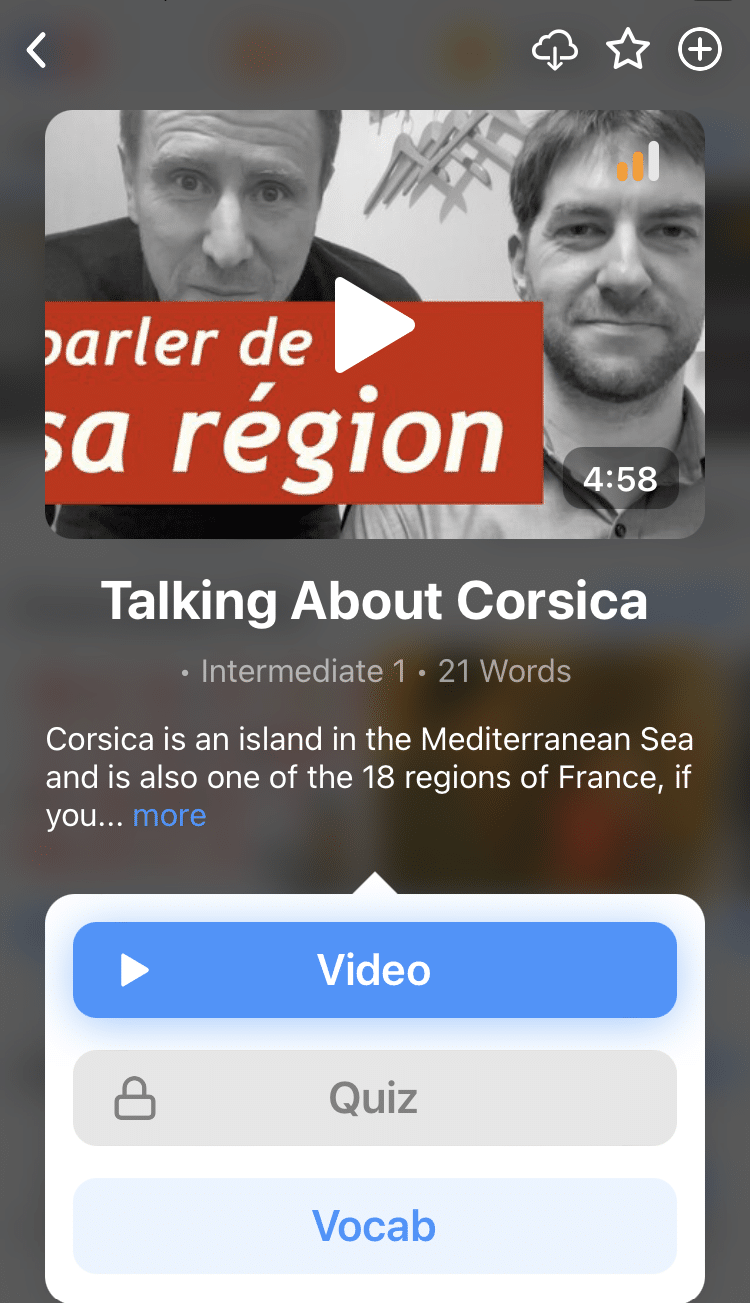
Say No in 52 Languages
The word “no” might be tiny, but it’s pretty important.
Whether you need a few additional words for your travels or you just enjoy telling people “no” in as many ways as possible, this small word packs a lot of usefulness.
Contents
- How to Say “No” in 52 Languages
- Cultural Aspects of Saying “No” Around the World
- Why Learn to Say “No” in Different Languages?
- And One More Thing...
Download: This blog post is available as a convenient and portable PDF that you can take anywhere. Click here to get a copy. (Download)
How to Say “No” in 52 Languages
Why not learn this very small but very important word and make life easier for yourself? Here’s a list of the word “no” in 52 different languages to help you on your journey.
Afrikaans — Nee (nee-yuh)
Arabic — لا (la)
Armenian — ոչ (votsh)
Basque — Ez
Bengali — না (Na)
Bosnian — Ne
Bulgarian — не (ney)
Burmese — မဟုတ်ဘူး (mahotebhuu)
Cantonese — 唔啱 (mh’āam)
Note: Cantonese, like Mandarin Chinese, doesn’t have a word for “no.” You can study a few different Cantonese phrases or try the word above which translates to “wrong.”
Catalan — No
Croatian — Ne
Czech — Ne
Danish — Nej
Dutch — Nee
French — Non
Note: The French love English speakers with good pronunciation skills. Do you dare to learn French sounds to get this one right?
Gaelic (Irish) — There’s no word for “no” in the Irish language. You’d need to communicate the word in verb form, but luckily this country of English speakers will understand your English “no” or side-to-side head shake.
Georgian — არა (Ara)
German — Nein
Greek — όχι (o-chi)
Hawaiian — aʻole
Hebrew — לא (lo)
Hindi — नहीं (Nahin)
Hmong — Tsis
Hungarian — Nem
Icelandic — Nei
Indonesian — Tidak
Italian — No
Japanese — いいえ (i-ie)
Korean — 아니요 (a-ni-yo)
Note: Politeness is important in Korea. Because of this, you may want to learn the various ways of saying “no” to different people (based on their age in relation to yours) and in different situations.
Latvian — Ne
Malay — Tidak
Maltese — Le
Mandarin Chinese (Simplified) — 没有 (méi yǒu)
Note: Like Cantonese, Mandarin Chinese doesn’t have a specific word for “no”—there are many ways to say “no” depending on the situation.
Nahuatl (Aztec) — Ahmo
Navajo — Dooda
Nepali — होईन (Hoina)
Norwegian — Nei
Persian — نه (na)
Polish — Nie
Portuguese — Não
Quechua — Mana (mah-na)
Russian — нет (nyet)
Spanish — No
Swahili — Hapana
Swedish — Nej
Tagalog — Hindi
Thai — ไม่ (mai)
Turkish — Hayžr
Ukranian — ні (ni)
Vietnamese — không
Welsh — Nage
Zulu — Cha
It can also be helpful to hear these words used in context, so try finding them on YouTube or in immersive language learning programs like FluentU.
FluentU takes authentic videos—like music videos, movie trailers, news and inspiring talks—and turns them into personalized language learning lessons.
You can try FluentU for free for 2 weeks. Check out the website or download the iOS app or Android app.
P.S. Click here to take advantage of our current sale! (Expires at the end of this month.)
Cultural Aspects of Saying “No” Around the World
If you think a simple headshake will work around the globe, think again.
As mentioned above, the way we may shake our head left to right doesn’t mean “no” to everyone around the world. In fact, sometimes a side-to-side head gesture can be “yes!”
The six countries listed below have interesting (and sometimes confusing) ways to say “no.” This is just a small sampling of the various nonverbal and culturally-defined ways of saying “no.” This is why you’ll want to make sure you look into cultural etiquette before you travel to a different country.
Good luck!
Greece
To gesture “no,” the Greeks raise their eyebrows and their whole head upwards. To add insult to injury, the word “yes” in Greek is “naí,” which rings of the English “no.”
So, if you’re heading to Greece for vacation time, be sure to learn (and probably practice) the Greek ways to say no.
Southern Italy
The word for “no” in Italian is “no.” Sound similar?
But there’s a catch. The southern part of the country gestures with a quick upward nod, very similar to the Greeks. This probably stems from the colonization and heavy Greek influence in that area.
Turkey
To gesture, the Turks toss their heads back and cluck. So be sure to get the head gestures on straight before heading to Turkey!
You may also be interested in learning that the Turks don’t often use the direct “no” in most cases, but will say “yok” to mean “there isn’t/there aren’t.”
China
Unfortunately, there’s no exact equivalent of the word “no” in Cantonese or Mandarin Chinese, which is why it’s important to study up a bit! In Chinese, every type of “no” is followed by a small phrase as to what you’re negating, denying or refusing.
Above, we gave you the Mandarin phrase for “there isn’t/there aren’t,” but another helpful one is “No, I can’t” ( 不可以 , pronounced bù kě yǐ). If you’re planning to travel to China, it’s never a bad idea to study different ways of saying “no” in Mandarin.
Bulgaria
Bulgarians have a sharp upward jerk of the head to say “no” with a nod. Sometimes it’s accompanied by a quiet “tut” of the lips.
Japan
Much like the Chinese, the Japanese have many ways to say “no” to a person. And since the Japanese language is arguably based around politeness, you don’t want to say the wrong thing.
いいえ is the most-understood way of saying “no” but it’ll come off as very blunt and even rude. If you’re going to spend a lot of time in Japan, it’s best to learn a few different ways to politely say “no” in Japanese.
Why Learn to Say “No” in Different Languages?
When we travel, we tend to pick up a few key phrases such as “hello,” “please” and “thank you.” This is great for being polite, but there are more useful travel phrases to add to your toolbox before you head to a new country.
It’s all too common to go through some cultural mishaps because of not understanding a simple word or a seemingly normal gesture. Need a little more convincing over such a small word? Here are some clever reasons you should learn how to say “no” in a different language.
- Avoid Culture Shock: Sometimes our body says no before our mouth does. For North Americans and various countries, a head shake from side to side means no. Sometimes a groan of an “mm-mm” will also be our way to say no. However, not all countries will understand these cultural versions of “no.”
- Express Yourself Clearly: North Americans can be too nice when rejecting something, which can be seen as an invitation to continue trying to get your attention, like when someone’s trying to sell you something on the street. In order to be free to move on, it’s best to be clear and give people a firm no in their native tongue. It may feel or sound a bit rude, but sometimes it’s necessary!
- Speak in the Local Language: “No” is easy to get away with in Romance-based languages, as the word “no” sounds similar (or even identical) in many of these tongues. Perhaps the intonation ranges, but a French or even a Portuguese version of “no” sounds similar to ours. Heck, the Spanish and Italian “no” is the same! However, many other countries have a very different word and may not understand your attempts at negating their offer if you speak English to them.
Wherever you are in the world, learning to say “no” is, well, no problem!
And even if you don’t have any trips planned, isn’t it amazing to see how many different ways there are to say this one little word?
Happy learning!
Download: This blog post is available as a convenient and portable PDF that you can take anywhere. Click here to get a copy. (Download)
And One More Thing...
If you dig the idea of learning on your own time from the comfort of your smart device with real-life authentic language content, you'll love using FluentU.
With FluentU, you'll learn real languages—as they're spoken by native speakers. FluentU has a wide variety of videos as you can see here:
FluentU has interactive captions that let you tap on any word to see an image, definition, audio and useful examples. Now native language content is within reach with interactive transcripts.
Didn't catch something? Go back and listen again. Missed a word? Hover your mouse over the subtitles to instantly view definitions.
You can learn all the vocabulary in any video with FluentU's "learn mode." Swipe left or right to see more examples for the word you’re learning.
And FluentU always keeps track of vocabulary that you’re learning. It gives you extra practice with difficult words—and reminds you when it’s time to review what you’ve learned. You get a truly personalized experience.
Start using the FluentU website on your computer or tablet or, better yet, download the FluentU app from the iTunes or Google Play store. Click here to take advantage of our current sale! (Expires at the end of this month.)






